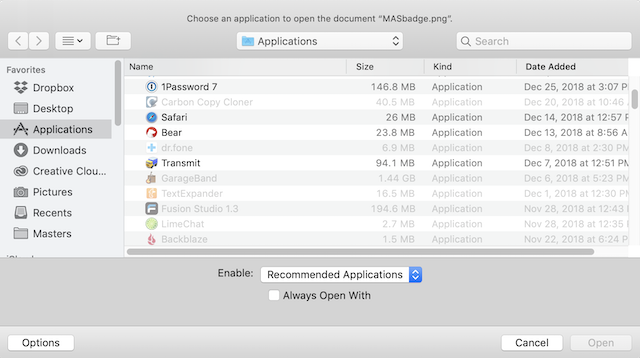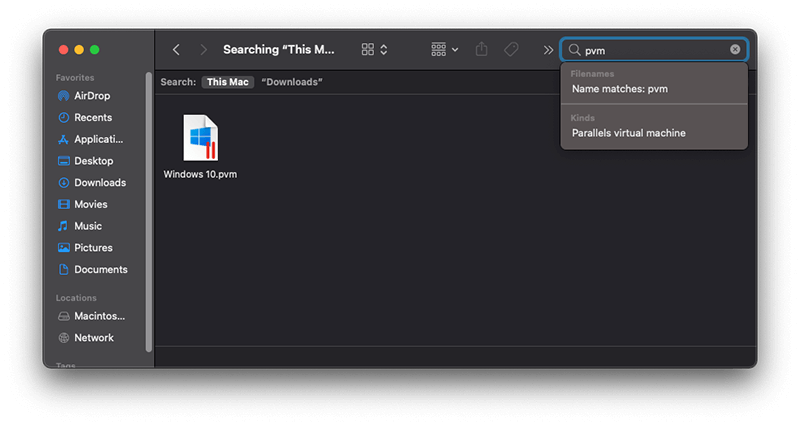

- #Uninstall parallels 13 completely how to#
- #Uninstall parallels 13 completely install#
- #Uninstall parallels 13 completely windows 10#
On the “Choose an option” screen, click the “Troubleshoot” option.
#Uninstall parallels 13 completely install#
If you have Windows 7, check out our guide for accessing the recovery Command Prompt with a Windows 7 disc.Īfter booting from your installation or recovery disc, skip the initial languages screen, and then click the “Repair your computer” option on the main install screen.
#Uninstall parallels 13 completely windows 10#
We’re covering Windows 10 here, but the instructions will also work for Windows 8. You’re going to be accessing the Command Prompt from the recovery environment. Insert the Windows installer or recovery disc into your computer, restart your computer, and let it boot from that disc.

#Uninstall parallels 13 completely how to#
RELATED: How to Repair Windows Bootloader Problems (If Your Computer Won't Start) RELATED: How to Create and Use a Recovery Drive or System Repair Disc in Windows 8 or 10 Follow our instructions to create a system repair disc in Windows 8 or 10 or create one in Windows 7. If you don’t have a Windows installer disc lying around, you can create a Windows repair disc and use that instead. We’ll need to use a Windows installer disc to overwrite the Linux boot loader with the Windows boot loader. Linux has now been removed from your computer, but its boot loader persists. You can also choose to create a new, separate partition instead of expanding your current Windows partition, if you like. Let’s take a closer look at how to get all that done. You also have to restore the Windows boot loader yourself, since Linux overwrites the Windows boot loader with its own boot loader, known as “GRUB.” After deleting the partitions, the GRUB boot loader won’t boot your computer properly. If you installed Linux to its own partition in a dual-boot configuration, uninstalling it requires removing the Linux partitions from your computer and then expanding your Windows partitions to use the now-free hard disk space. If You Installed Linux to Its Own Partition The uninstaller automatically removes the Ubuntu files and boot loader entry from your computer. Just boot into Windows and head to Control Panel > Programs and Features.įind Ubuntu in the list of installed programs, and then uninstall it like you would any other program. If you installed Ubuntu or a similar Linux distribution like Linux Mint with Wubi, it’s easy to uninstall. RELATED: What Is a Linux Distro, and How Are They Different from One Another? If you installed Linux as your only operating system, you’ll have to reinstall Windows over Linux to get your Windows system back. If that doesn’t work then you’ll have to repair boot with a bootable Windows disk. You may also delete Grub entry from UEFI setting, if your system gives you this option. The process is composed of two parts: Change the boot order in UEFI settings and give priority to Windows Boot Manager. How you uninstall Linux depends on how you’ve installed it. Uninstall Ubuntu safely from Windows dual boot mode. RELATED: 5 Ways To Try Out and Install Ubuntu On Your Computer Instead, you’ll likely need to delete its partitions and repair the Windows boot loader on your own.

If you have installed Linux on its own partition in a dual-boot configuration, there’s usually no easy uninstaller that will remove it for you.


 0 kommentar(er)
0 kommentar(er)
